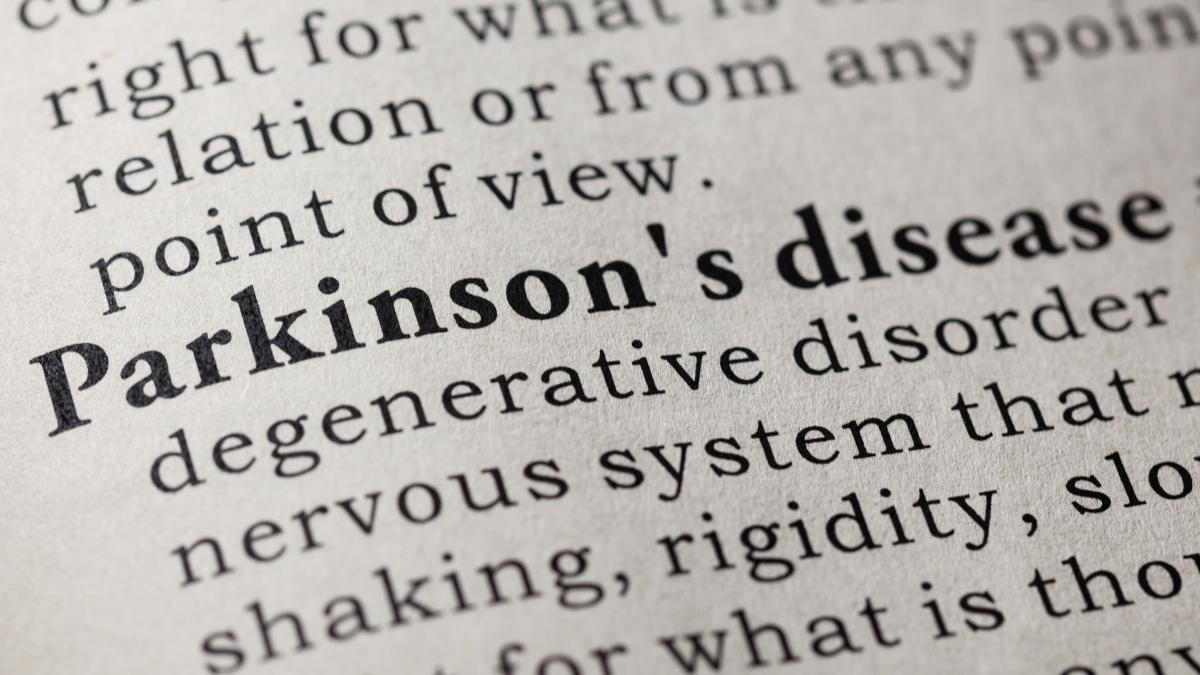by Cristina Marrone
The disease affects six million people worldwide. There is no cure but the combination of drugs keeps tremors and motor fluctuations under control
After Alzheimer’s disease, Parkinson’s is the most widespread neurodegenerative disease. It affects 6 million people worldwide and in Italy it is estimated that there are over 300 thousand patients, a number that is expected to increase by 2050. Parkinson’s is a neurodegenerative disease caused by the progressive death of some brain cells that produce dopamine, a neurotransmitter that controls the body’s automatic movements. Exposure to hydrocarbons, pesticides, herbicides, solvents or the indiscriminate intake of typical antipsychotic or anti-nausea drugs favors the onset of the disease. International Parkinson’s Day is celebrated on 11 April 2024 to spread greater knowledge and awareness about the disease.
Symptoms
The typical symptoms of Parkinson’s disease which generally present themselves asymmetrically (one side of the body is more affected than the other) are:
tremor at rest, rigidity, slowness of automatic movements (bradykinesia) and, in a more advanced phase, loss of balance. Stiffness can sometimes cause joint blocks, which cause pain so much so that the patient is likely to initially turn to an orthopedist or physiotherapist first than to a neurologist. Freezing, also called paradoxical akinesia or freezing, can appear at any stage of Parkinson’s disease. This is the sudden inability to start movements, especially walking, especially if you cross narrow passages or make changes in direction. Patients feel as if their feet are glued to the ground without being able to take the next step: they may not be able to get on an escalator or, worse, get off at the end. The freezing lasts from seconds to minutes but there are strategies to avoid it by mentally implementing a voluntary motor program that surpasses the automatic one altered in these patients: putting a stick on the ground and thinking about stepping over it while walking, or thinking about marching like soldiers or using a metronome from piano to punctuate the steps.
Available pharmacological therapies
At the moment, various pharmacological therapies are available for Parkinson’s disease which, especially in the early stages, guarantee good control of the symptoms, but do not modify the natural history of the therapy. Since a lack of dopamine is observed in the brains of Parkinson’s patients, it would be logical to think about administering the neurotransmitter directly into the brain. However, dopamine does not cross the blood-brain barrier, which is why it is possible to take levodopa, a precursor of dopamine, which is able to cross the blood-brain barrier and reach the brain.
levodopa
To date, levodopa-based drugs (often combined with other active ingredients) are the most effective in treating the symptoms of the disease. However, in the advanced stage of the disease, oscillations in plasma concentrations of levodopa, due to oral intake and variability in absorption, can cause motor fluctuations and involuntary movements. Levodopa taken orally, although always providing a benefit, is short-lived, sometimes even less than two hours. However, less than a month ago AIFA gave the green light to the first therapy based on foslevodopa/foscarbidopa in continuous subcutaneous infusion for 24 hours which promises to prolong the period in which the symptoms are well controlled. «The drug, in the form of a gel, is infused subcutaneously through a pump with a small needle. The therapy is able to optimally control the disease, but we are still at the first administrations, we must now better understand who the ideal candidates are” says Gianni Pezzoli, neurologist, president of the Italian Association of Parkinsonians and of the Grisons Foundation for Parkinson’s Disease Parkinson. It was at the Gaetano Pini-CTO Parkinson Center in Milan that the disease was treated on 13 February first patient with the new therapy formula.
Non-pharmacological options
Non-pharmacological interventions aimed at treating specific symptoms are speech therapy, psychological therapy and motor and cognitive rehabilitation. «Physiotherapy is very useful for improving balance, which levodopa does in a very relative way» underlines Pezzoli. Tai Chi, a Chinese martial art, is instead able to slow down the symptoms associated with Parkinson’s, improving patients’ balance and gait. For a limited number of patients (under 70 years of age and with intact mental and cognitive functions), when the symptoms become particularly disabling and no longer controllable with classic therapy, it is possible to opt for deep brain stimulation (DBS): the treatment consists in a surgical implantation of electrocatheters in the areas of the brain responsible for controlling movements and a medical device, similar to a cardiac pacemaker. The device sends electrical impulses to electrodes located in the brain areas, blocking the signals that cause disabling motor symptoms. However, the surgery to implant the electrodes is invasive (only 10% of Parkinson’s patients access this treatment).
April 11, 2024
© ALL RIGHTS RESERVED
